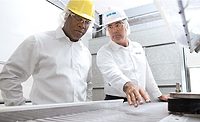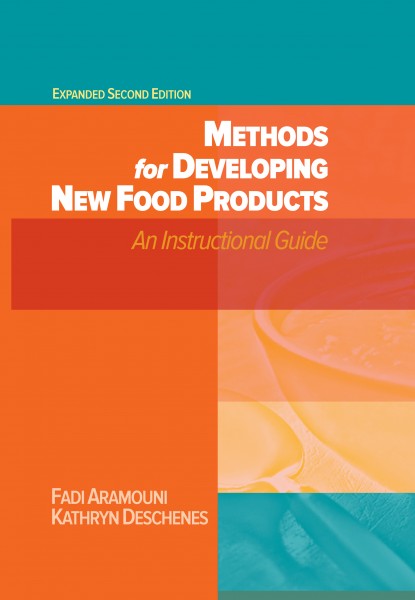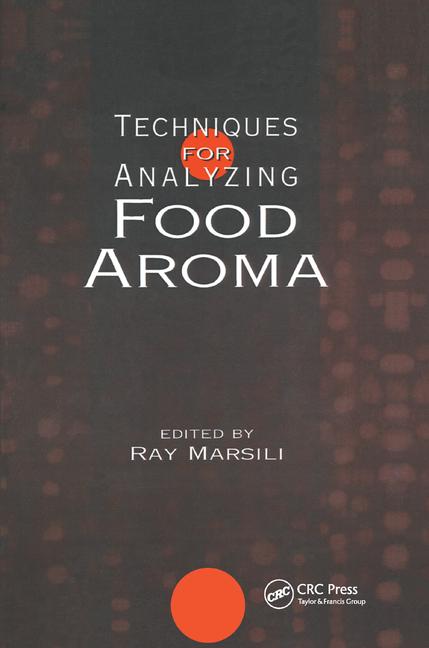Rapid detection methods for common foodborne illnesses

For processors that must quarantine products until assay results are known, a shorter results time means products quickly enter the supply chain, thus having a longer shelf life, occupying less warehouse space and saving money.
Bailey, in an exclusive FE interview (PDF), said today’s rapid detection methods are much faster than the four to seven days normally required for cultured tests 20 or more years ago. “Now we’re moving into generations of next-day (24-hr) tests, with a few selected cases, primarily for E. coli O157:H7 and maybe some Salmonella in raw meat products in an eight- to 16-hr. range,” says Bailey. For most food products, the Salmonella test requires 16-18 hrs. of incubation, whereas E. coli can run 8-10 hrs., depending on sample size, says Bailey. Bailey’s company has just released a rapid test for Salmonella, which uses bacteriophage technology to detect the Salmonella. A rapid test of E. coli O157:H7 has been available for a year or so.
There has been much discussion on whether the non-shiga toxin E. Coli (STEC) serotypes are as dangerous as O157:H7. “Unfortunately, the non-O157s don’t have the same phenotypic trait. They look like every other run-of-the-mill E. coli on earth, which is about the most common bacteria there is,” says Bailey. “So being able to pull these non-STECs out of the rest of the E. coli population in a sample is much more problematic than finding O157. The non-STECs are only important if they’re present and they possess certain pathogenic virulence factors.”
So the question is an economic one. Typically, 90 percent of E. coli cases in the
Looking for a reprint of this article?
From high-res PDFs to custom plaques, order your copy today!









